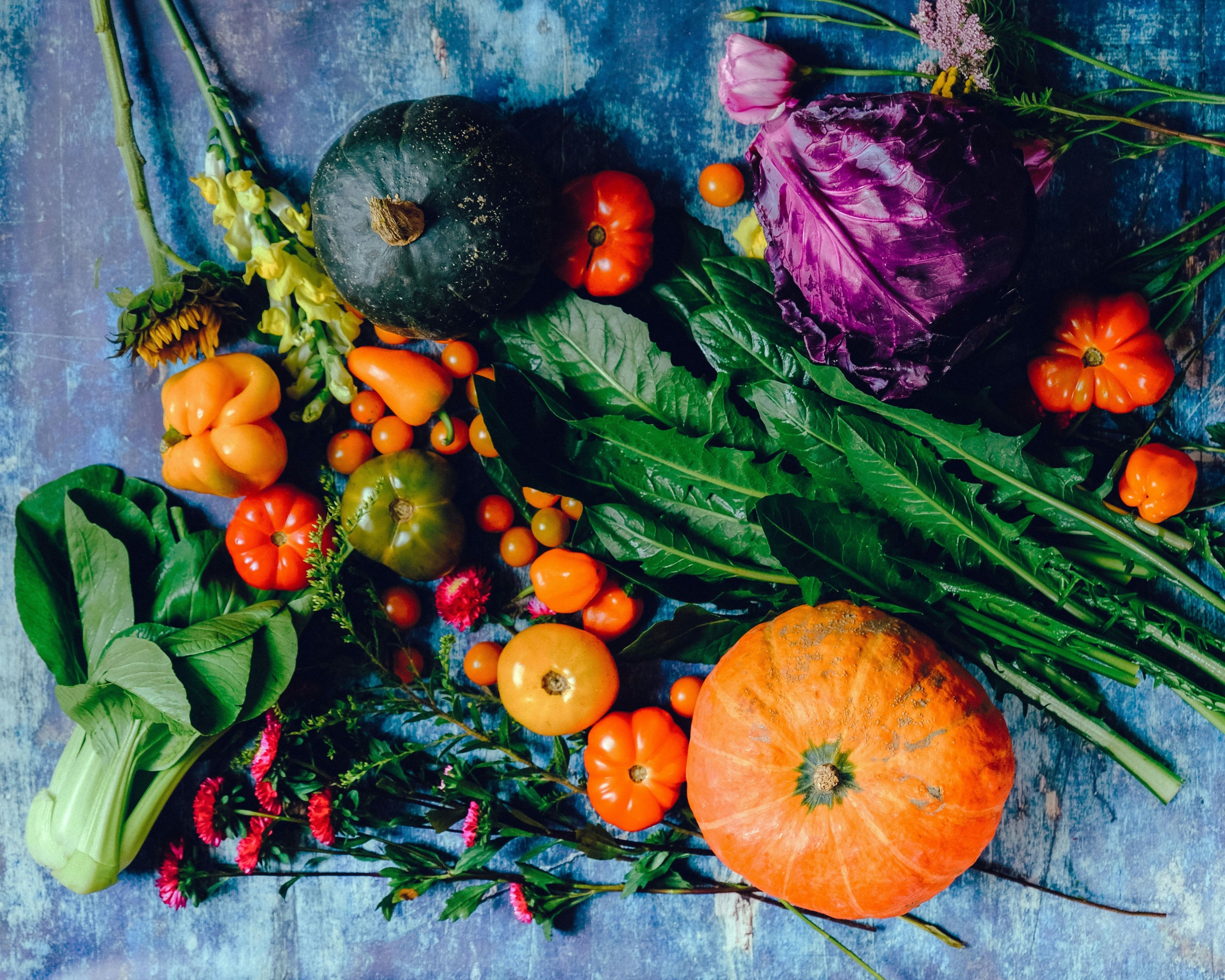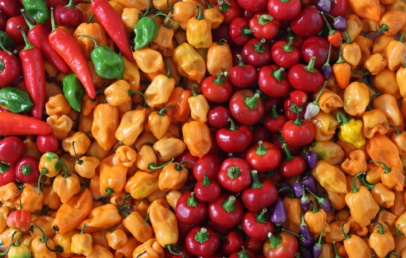
Fiber is often praised for its digestive benefits, but its role in regulating blood sugar is equally important. Understanding how fiber works can help you make healthier food choices and manage blood sugar levels effectively. Let’s explore how fiber impacts blood sugar regulation and discover some tasty sources of high fiber to include in your diet!
How Fiber Regulates Blood Sugar
Fiber is a type of carbohydrate that the body cannot digest. It comes in two forms: soluble and insoluble. Both types play a vital role in maintaining stable blood sugar levels:
- Slows Down Digestion
Soluble fiber dissolves in water and forms a gel-like substance in the gut. This slows down the digestion and absorption of carbohydrates, preventing sharp spikes in blood sugar levels after meals. By moderating the rate at which glucose enters the bloodstream, soluble fiber helps keep blood sugar levels stable.
- Improves Insulin Sensitivity
High-fiber diets have been associated with improved insulin sensitivity, which is crucial for maintaining healthy blood sugar levels. Insulin sensitivity refers to how effectively the body uses insulin to transport glucose from the bloodstream into cells. By enhancing insulin sensitivity, fiber can contribute to better blood sugar control, especially for individuals with insulin resistance or diabetes.
- Promotes Satiety
Fiber-rich foods tend to be more filling, which can help reduce overall calorie intake and prevent overeating. When you feel full longer, you’re less likely to indulge in sugary snacks that can lead to blood sugar spikes. This makes fiber an essential part of a balanced diet for anyone looking to manage their weight and blood sugar levels.
High-Fiber Foods to Include in Your Diet
Incorporating high-fiber foods into your meals is easier than you might think! Here are some excellent sources of fiber to consider:
- Fruits
- Berries: Raspberries, blackberries, and strawberries are delicious and packed with fiber.
- Apples and Pears: Eating these fruits with the skin on maximizes fiber intake.
- Bananas: A convenient snack that provides both fiber and potassium.
- Vegetables
- Broccoli: This cruciferous vegetable is not only high in fiber but also rich in vitamins.
- Carrots: A crunchy, sweet snack that’s great raw or cooked.
- Sweet Potatoes: These are versatile and provide a good amount of fiber when eaten with the skin.
- Whole Grains
- Oats: A hearty breakfast option that’s high in soluble fiber.
- Quinoa: A protein-packed grain that adds fiber to your meals.
- Brown Rice: A healthier alternative to white rice that offers more fiber.
- Legumes
- Lentils: Packed with fiber and protein, lentils are excellent in soups and salads.
- Chickpeas: Use them in salads, hummus, or as a crunchy snack when roasted.
- Black Beans: These are great in tacos, soups, or as a side dish.
- Nuts and Seeds
- Chia Seeds: Tiny but mighty, these seeds can be added to smoothies or oatmeal for a fiber boost.
- Almonds: A convenient snack that also provides healthy fats.
- Flaxseeds: Ground flaxseeds can be sprinkled on cereals or incorporated into baked goods.
Fiber plays a crucial role in regulating blood sugar levels, helping to prevent spikes and maintain steady energy throughout the day. By including high-fiber foods in your diet, you can support better blood sugar control and overall health. Remember to gradually increase your fiber intake to give your digestive system time to adjust, and drink plenty of water to aid in fiber digestion.




